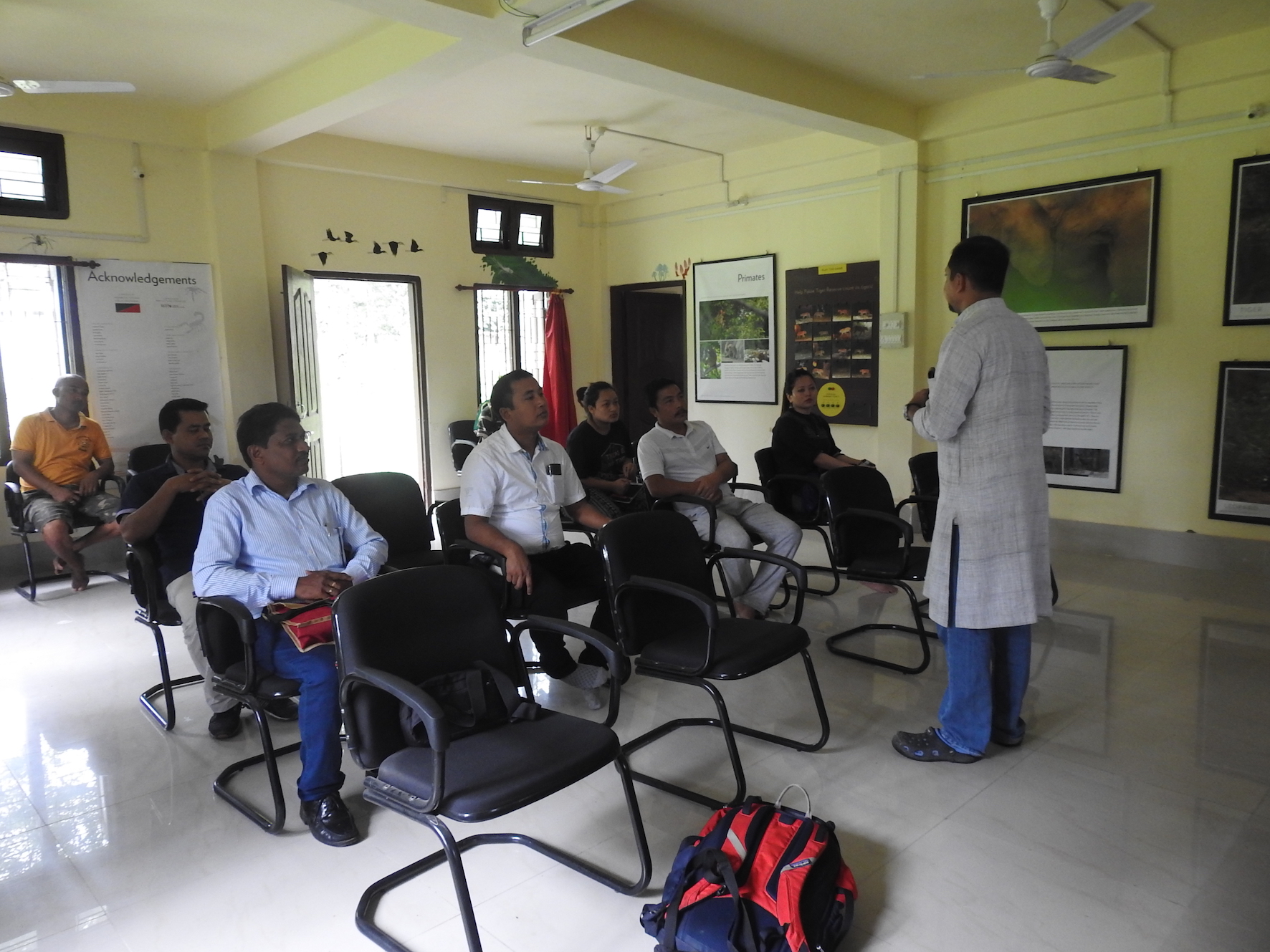
Rolling out technology is a top priority for many governments especially in developing countries. If done right, it can be a promising approach to improving performance.
Technological interventions often face a lot of inertia. One wrong turn during implementation can jeopardize the chances of a scale-up.
Over the years, our highly experienced team has found that the right training is critical for the success of any technological intervention. Knowing what works and what does not has enabled us to replicate success and experiment with new ways to further improve the outcomes of training programs.
What works?
Starting from the basics where some users are unfamiliar with the devices being used, the training content must always contain basic knowledge about the technology, for instance, how to use a smartphone or install an app.
Delivery of training and providing materials in the local language always helps the ease of understanding and generates respect for the culture.
Where resources allow, a multimedia facility should be utilized for live walk-throughs of mobile applications. These greatly enhance the interactivity of the session and generally reduce the time it takes to train users.
Finally, managing perceptions of end-users is essential to engaging them in technological interventions. An effective way of achieving this objective is to help users realize that their work traverses beyond just data-gathering by sharing the impact of the intervention with them.
After the training, recording virtual walk-throughs, especially for smartphone applications, has proven to be an effective way of equipping users with the resources to troubleshoot and recall any processes that they might have forgotten.
Going above and beyond
Building a learning management system helps governments experiment and fail faster, which generates a large repository of knowledge of what works for users. We can use such a system to scale technology to other public sector institutions.
Additionally, public-private partnerships in the telecom sector can potentially help reduce the financial burden on healthcare workers involved in the roll-out of digital tools by sponsoring network connections and relaying location data.
The quality of training can define the fate of digital transformation.
The system cannot be better than its users.
Building user capacity should therefore be a priority for governments rolling out technological interventions. Doing it right does not cost much, but doing it wrong can cost gravely.


